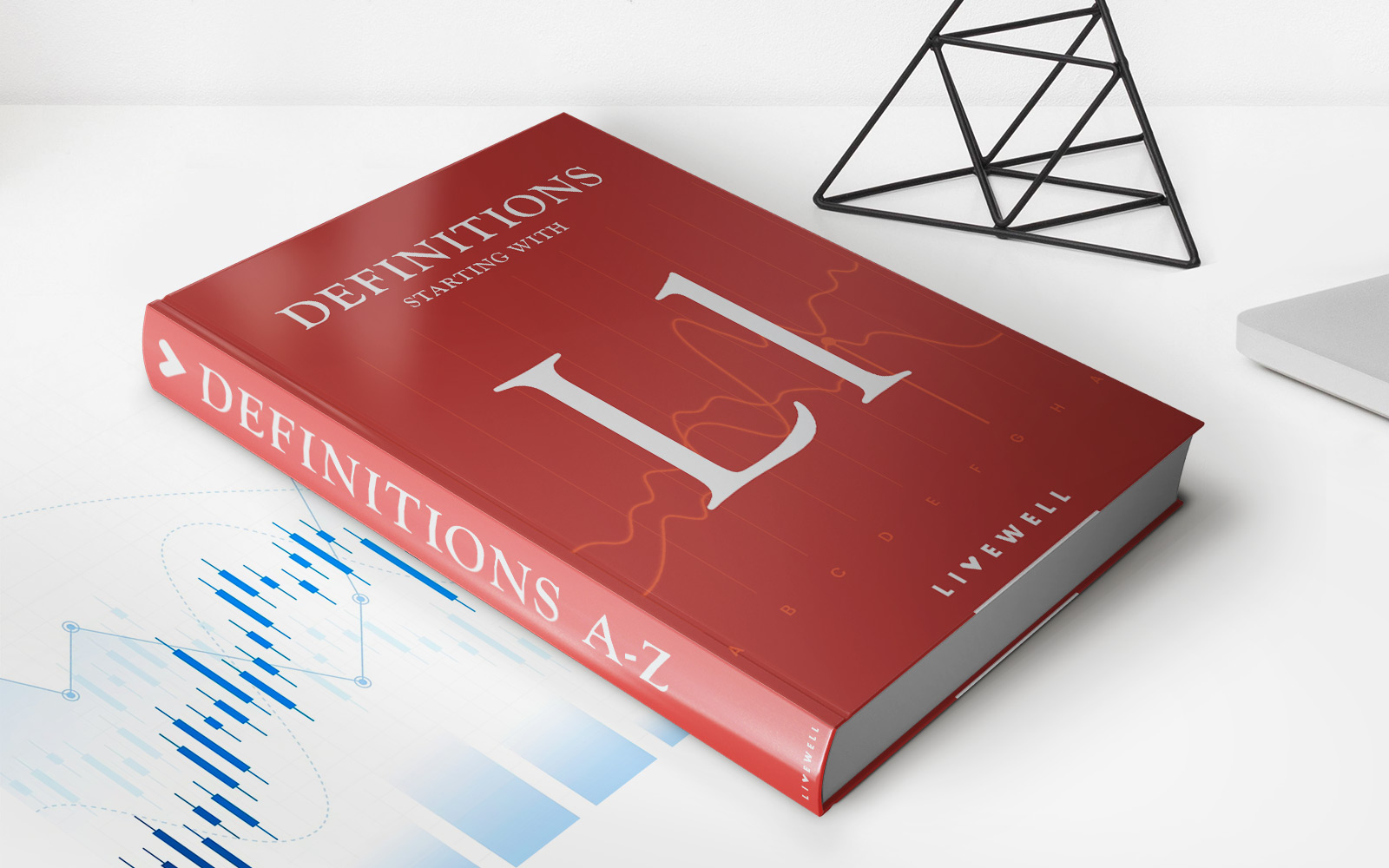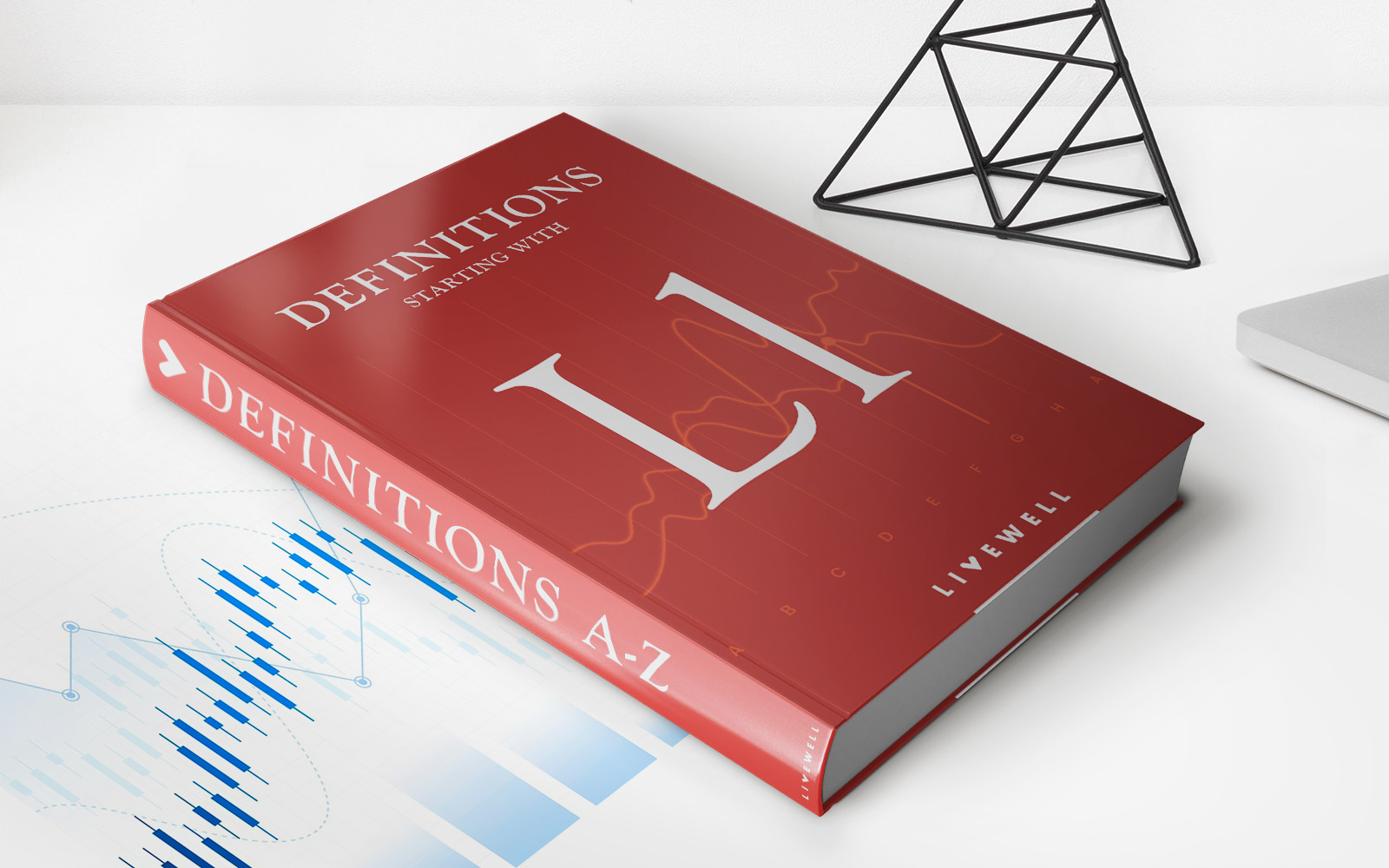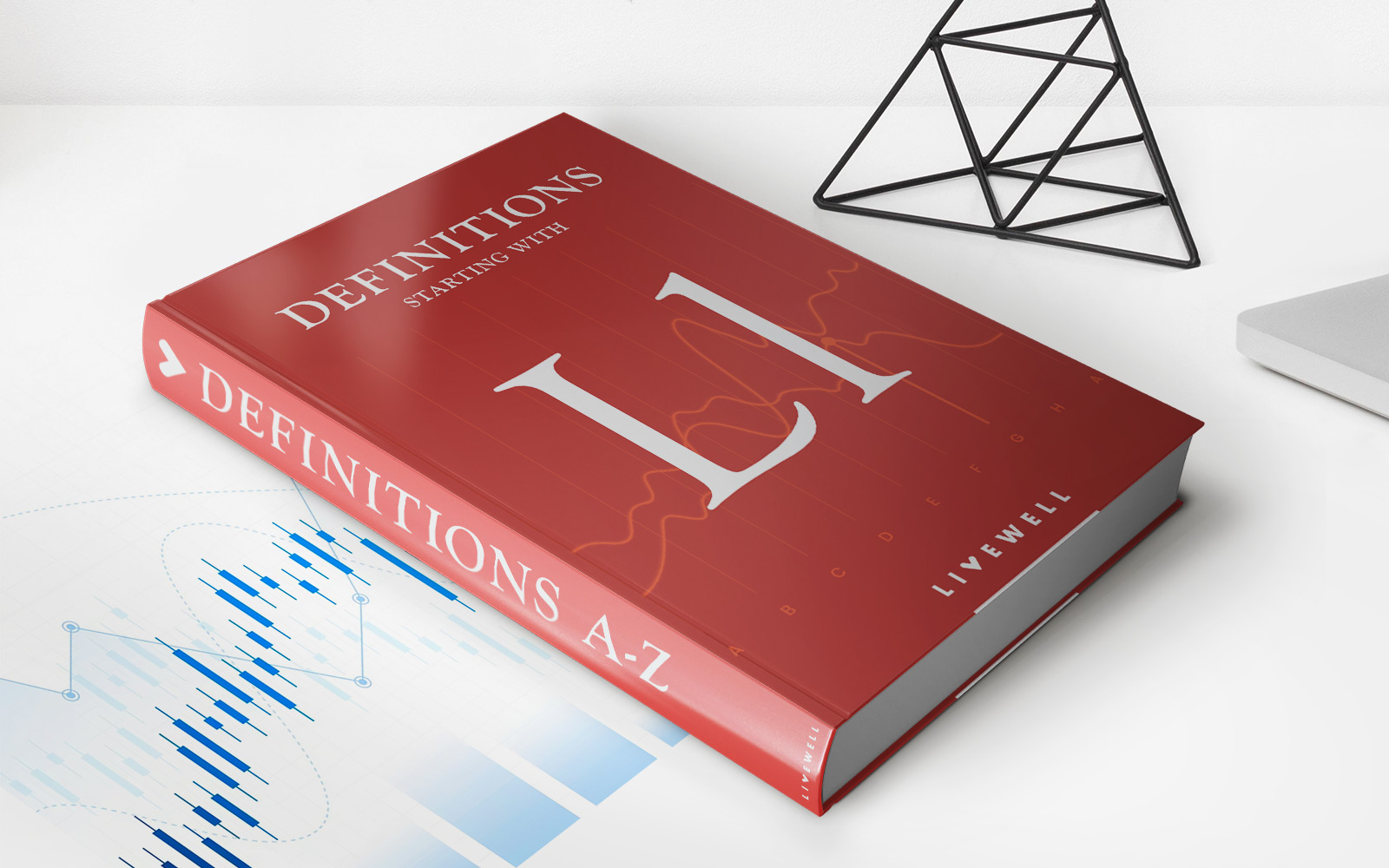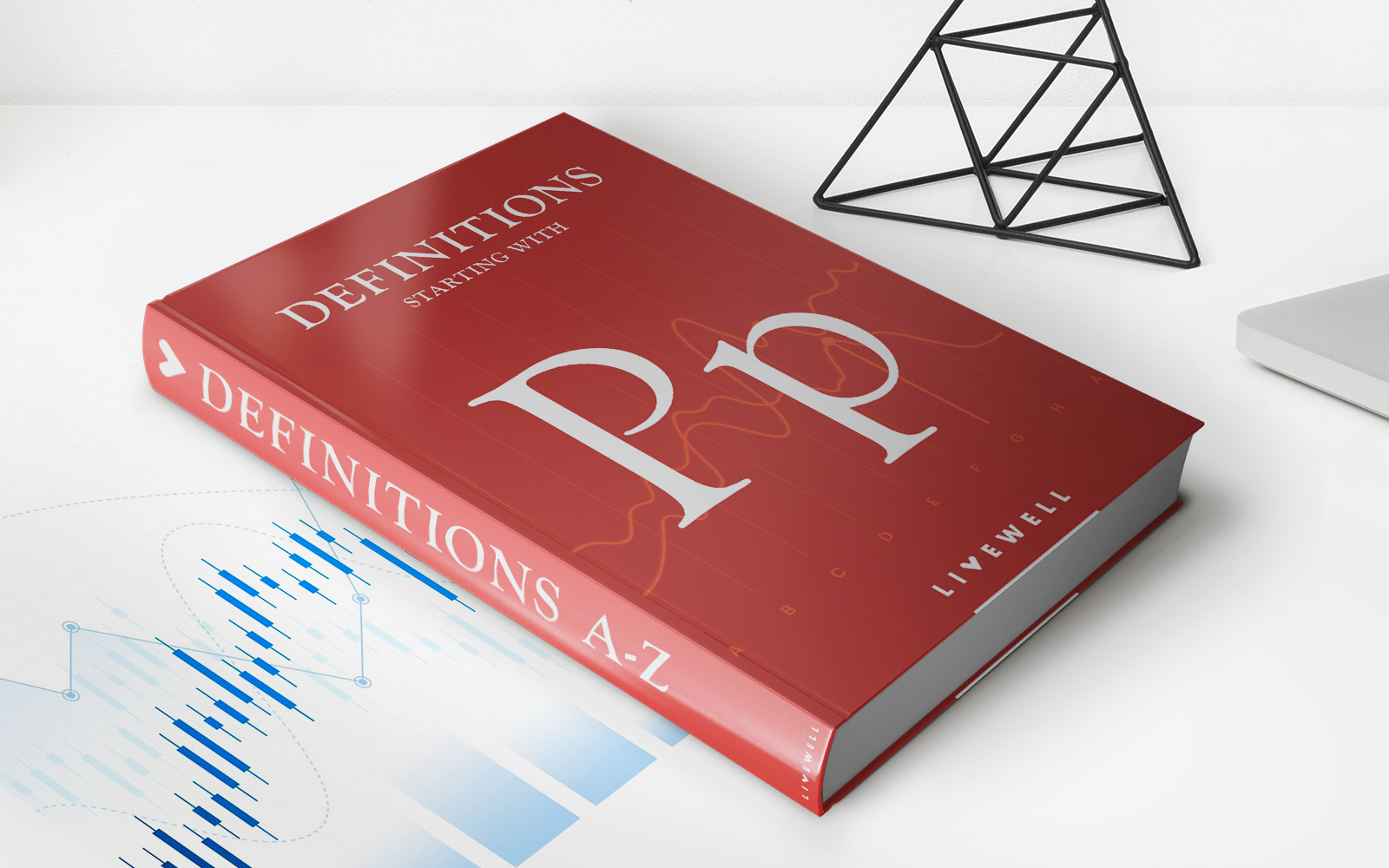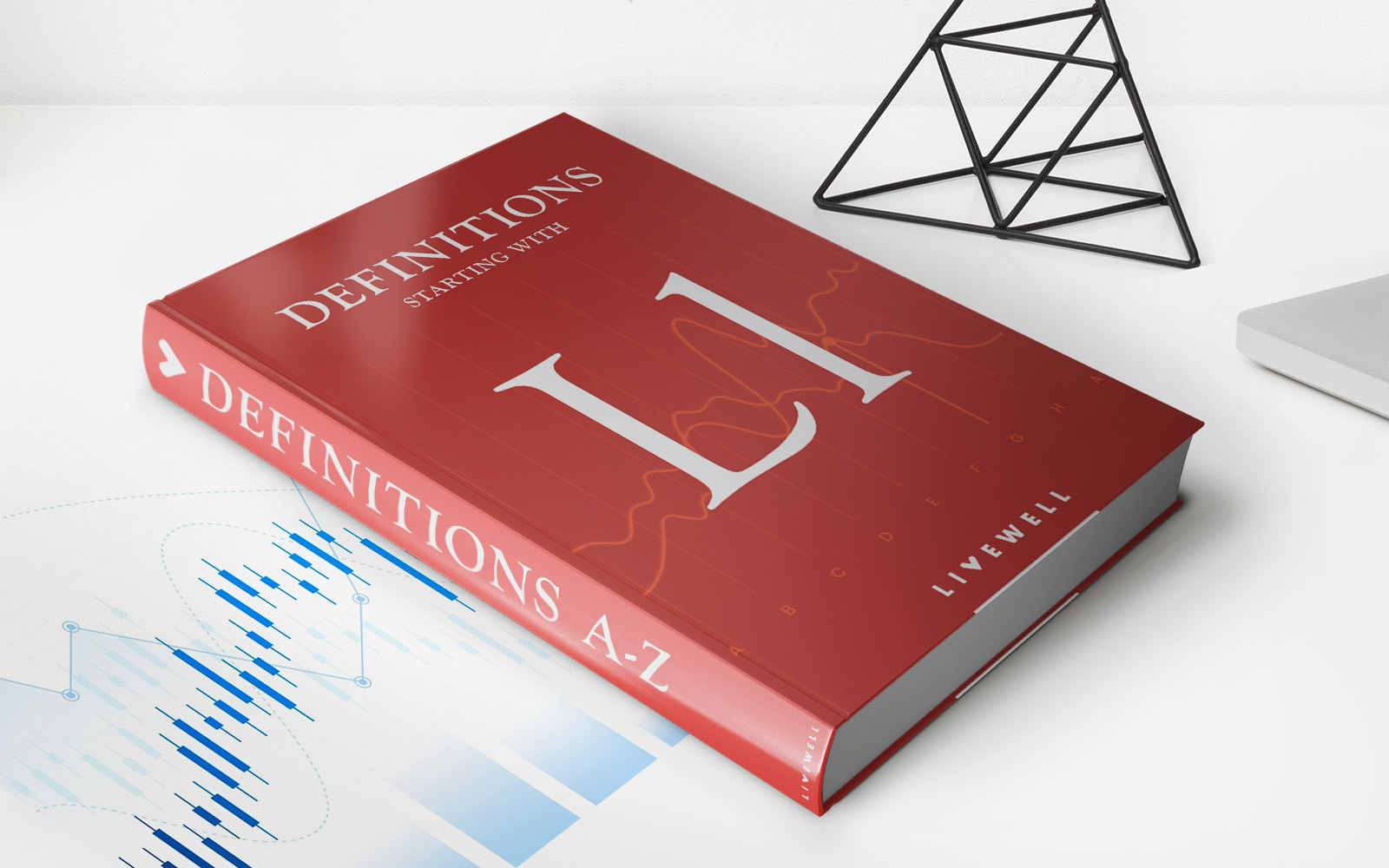Home>Finance>Guaranteed Loan: Definition, How It Works, Examples


Finance
Guaranteed Loan: Definition, How It Works, Examples
Published: December 3, 2023
Learn about guaranteed loans in finance: definition, how they work, and examples. Understand the concept of guaranteed loans and how they can benefit you in various financial situations.
(Many of the links in this article redirect to a specific reviewed product. Your purchase of these products through affiliate links helps to generate commission for LiveWell, at no extra cost. Learn more)
Understanding Guaranteed Loans: A Comprehensive Guide
Are you in need of funds for a major purchase or an unexpected expense? If so, you might be considering a guaranteed loan. In this article, we will explore the definition, how it works, and provide examples of guaranteed loans.
Key Takeaways:
- A guaranteed loan is a type of loan that is backed by a financial institution or a government agency.
- These loans are considered low-risk for lenders, as they provide additional security and guarantee of repayment.
What is a Guaranteed Loan?
A guaranteed loan is a financial product that offers borrowers a higher chance of approval by providing a guarantee of repayment to the lender. In other words, if the borrower defaults on the loan, the guarantor will be responsible for repaying the outstanding balance. These loans are often backed by financial institutions or government agencies and are considered low-risk due to the added security provided by the guarantee.
How Does a Guaranteed Loan Work?
Guaranteed loans work by reducing the risk for lenders, making them more likely to approve borrowers with less-than-perfect credit or limited financial resources. Here’s a simplified breakdown of how they typically work:
- The borrower applies for a guaranteed loan from a lender.
- The lender evaluates the borrower’s creditworthiness and risk profile.
- If the borrower does not meet the lender’s conventional lending criteria, a guarantee is required.
- A guarantor, such as a financial institution or government agency, provides a guarantee to the lender.
- If the borrower fails to repay the loan, the guarantor steps in to cover the outstanding balance.
It’s important to note that while a guaranteed loan increases the chances of approval, it does not guarantee that the borrower will receive the loan. The final decision ultimately rests with the lender.
Examples of Guaranteed Loans
There are various types of guaranteed loans available, each serving different purposes. Here are a few examples:
- Small Business Administration (SBA) Loans: The SBA offers guaranteed loans to small businesses to encourage economic growth and job creation. These loans are backed by the SBA, reducing the risk for lenders and increasing access to capital for small businesses.
- Student Loans: Some student loans are guaranteed by the government, providing a guarantee to the lender in case the borrower is unable to repay the loan after graduation. This guarantee allows students with limited credit history or income to secure loans for education.
- VA Loans: Guaranteed by the Department of Veterans Affairs, VA loans are available to eligible veterans and service members. These loans provide low or no down payment options and more lenient credit requirements, making homeownership more accessible to veterans.
These examples demonstrate how guaranteed loans can empower individuals and businesses by increasing their chances of securing the funds they need.
In Conclusion
Guaranteed loans are an essential financial tool that can provide individuals and businesses with greater access to funding. By understanding the basics of how guaranteed loans work and exploring different examples, you can make informed decisions when considering this type of financing.
Remember, while guaranteed loans can increase your chances of approval, it’s important to carefully consider your financial situation and make responsible borrowing decisions. Always consult with financial professionals or experts before making any financial commitments.
